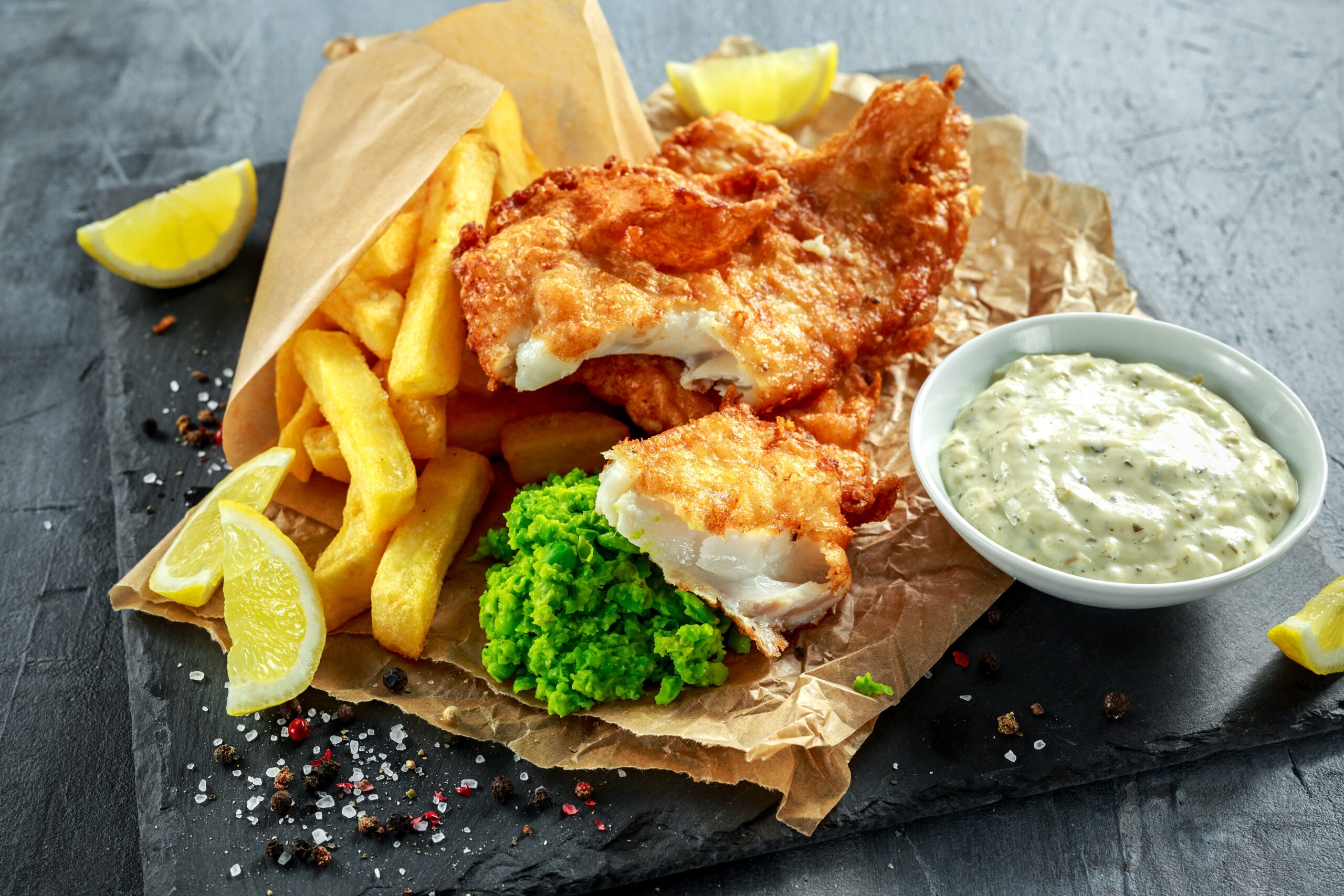Introduction: Helping our environment begins with individual actions, and properly disposing of used cooking oil plays a significant part in this effort. MOPAC is committed to addressing the challenges posed by Fats, Oils, and Grease (FOGs). FOGs have been causing issues for water treatment facilities for decades. Improper disposal can lead to severe blockages in our sewage systems, famously known as “fatbergs.” This guide aims to provide residents and restaurants with various methods to dispose of or recycle used cooking oil responsibly.
For Residents: How to Dispose or Recycle Used Cooking Oil
Reuse
- Cool and Store: After frying, cool the grease and store it in a leak-proof container in a dark, cool place for future use.
Local Restaurants
- Collection Bins: Many restaurants have grease bins and may allow residents to add small amounts to their collection.
Recycling Centers
- Donation: Most recycling centers accept used cooking oil, often providing specific containers or designated days for collection.
Proper Disposal
- Sealed Container: If recycling isn’t an option, seal the oil in a non-recyclable container and dispose of it with regular trash to prevent environmental damage.
For Restaurants: Recycling Solutions by MOPAC
Outdoor Containers
- Variety of Sizes: MOPAC offers 55-gallon drums and tanks ranging from 110 to 300 gallons, designed for outdoor use with secure locks to prevent theft.
Indoor Containers
- Customizable: Indoor tanks, ranging from 100 to 400 gallons, can be installed almost anywhere inside, with remote plumbing options for easy, discreet disposal.
Customized Solutions
- Mobile Units: For venues with multiple frying locations, MOPAC provides mobile grease disposal units that can clean fryers in 30-45 seconds, holding up to 75 gallons. This solution enhances safety, cleanliness, and efficiency.
Conclusion
For a resident or a restaurant managing large volumes of used cooking oil, responsible disposal is crucial for environmental protection. MOPAC offers comprehensive solutions tailored to various needs. We ensure that everyone has access to eco-friendly disposal options. When you recycle your cooking oil correctly, you contribute to a healthier planet and a more sustainable future.




